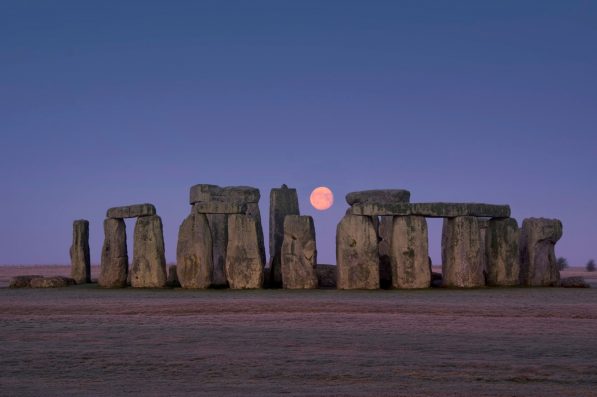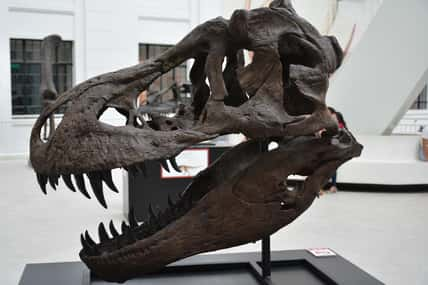Under The Glistening Waters Of Lake Michigan Lies A Prehistoric Miniature Stonehenge

With the help of sonar technology, many long-lost shipwrecks and sunken treasures have been detected in the depths of Lake Michigan.
One of the most interesting artifacts uncovered from the bottom of the lake has to be a submerged stone structure.
Under the glistening waters of Grand Traverse Bay lies an ancient miniature Stonehenge. The prehistoric monument had been made out of stones that were at least 9,000-years-old, making it one of the oldest structures ever found in North America.
So, how did the stone structure come to the attention of archaeologists? Mark Holley, a professor of underwater archaeology at Northwestern Michigan University, was searching the region for shipwrecks when he came across a rock with a mastodon carved into it. The area was known for being a busy maritime trading route during the 19th and 20th centuries.
The boulder with the image of the mastodon stood about four feet high and was five feet long. Mastodons were animals that looked similar to elephants and went extinct around 10,000 years ago.
The age of the mastodon carving coincides with the simultaneous post-Ice Age presence of humans and mastodons in the upper Midwest region.
As Holley explored further, he discovered an arrangement of ancient stones that resembled Stonehenge.
There were two rings of stones. The outer ring was approximately 40 feet in diameter, while the inner was roughly 20 feet. They are located 40 feet below the water’s surface.
At the time the structure was erected, the lake bed had been dry. It also came 4,000 years before Stonehenge was created.

Stonehenge is a 5,000-year-old prehistoric monument in southern England comprised of around 100 massive stones positioned in a circular layout.
The stones were brought over from impressively long distances and arranged with advanced techniques.
The site was used to honor ancestors and mark important calendar events. Stonehenge was a find of significance because it was one of the most sophisticated examples of architecture from ancient times.
The stones at the lake are not anywhere near the dimensions of those at Stonehenge. Instead, they range in size from a basketball to a small car. In addition, there were a number of stones placed in a line that stretched for over a mile.
The question of whether the stones were organized with a purpose or were just a random occurrence still remains.
Many experts want to see the stones for themselves to confirm their authenticity, but unfortunately, these experts are not trained scuba divers, so the verification process has slowed to a halt.
Holley has not shared the exact location of the site where the structure was found. However, he did reveal its whereabouts to the Grand Traverse Band of Ottawa and Chippewa tribes out of respect.
Sign up for Chip Chick’s newsletter and get stories like this delivered to your inbox.












